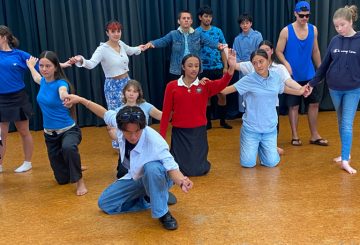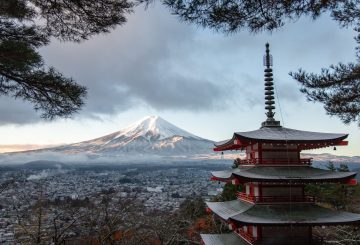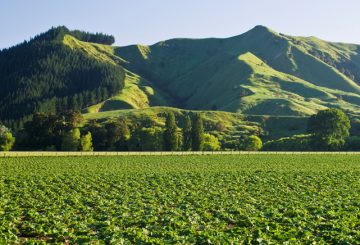ハミルトン市議会(都市自治体の意味。カウンシルとも)は、先見性のあるプロジェクト「Victoria on the River」を市の将来の中核的な開発として位置づけています。
同市議会は、ビクトリア通り242-266番地の2017平方メートルの敷地を改造するために、協力してくれる開発業者からの正式な関心表明を求めています。
現在、遺産として登録されている2つの建物がありますが、ファサード(正面)のみを残し、その後ろに近代的な建物を建てる必要があります。
ハミルトンのPaula Southgate市長は、この開発案が中心業務地区のルネッサンスに貢献するものと考えています。
「私たちは、かなり古い建物を受け継ぎましたが、その状態はあまり良くありません。CBD(中心業務地区)の再開発が進む現在、それを状態の悪いままにしておくことに意味はありません」と、サウスゲート氏は述べました。「CBDに対するみんなの熱意に乗っかって、さっそく取りかかろうというわけです。」
サウスゲート氏は、ワイカトリージョナルシアターなど、すでに進行中のプロジェクトがあるため、新しい開発が他の施設を補完することになると考えています。
「あの一帯が、質の高いレストランや商業施設で溢れ、その上に質の高いアパートが建っているのを想像してみてください。それは、CBDの新時代のようなものでしょう。」
市長は、議会の資金が投資される以上、そのプロセスが透明で、厳しい監視に耐えられるものであることが不可欠であると述べました。彼女は議会のスタッフに対して、この開発は公的資金で公的財産に行われていることを明確に伝えています。
「完全な透明性を持って行われなければならず、それが議会のスタッフに対する私のメッセージです」と彼女は述べました。「これは公共施設であり、納税者のために開発するのだから、納税者に常に情報を提供しなければなりません。」
Edwards White Architects社は、将来の開発のイメージとコンセプト図を作成しましたが、サウスゲート氏は他のアイデアが検討されることに前向きです。
「最終的な詳細設計は、これらの図面とは少し異なるものになるかもしれません。オープンなプロセスを採用することの面白さは、どんな素晴らしいアイデアがドアをくぐって人々を感動させるか分からないことです」と、サウスゲート氏は言います。
多層階開発案の構想は、前任期の議会で始まりました。2018年8月に649万ドルで物件を購入した時のことです。
副市長のジェフ・テイラー氏が議長を務める議会のCBD・リバープラン諮問委員会は、この開発にはすでに複数の開発業者から関心が寄せられていると述べています。
テイラー氏は、この購入が当時物議をかもし、関係者の間でも評判が悪かったことを認めましたが、議会はこの物件の可能性についてのビジョンを持っていました。
「ハミルトンの中心街の未来は、このエリアと、そこをいかに川に開放していくかにかかっている」と、テイラーは熱く語ります。「私にとっては、VOTR(Victoria on the River)の延長線上にあるもので、中心街からのビューシャフトという素晴らしい機会に目を開かされました。」
「そして、VOTRから南へ、劇場、桟橋、博物館前、歩道橋、アラヌイのスポーツハブへと続く川の素晴らしい流れを作り出そうとしているのです。」





























































